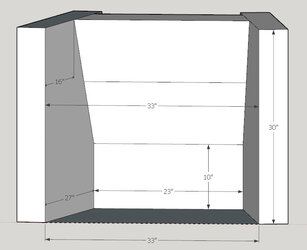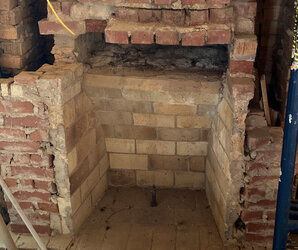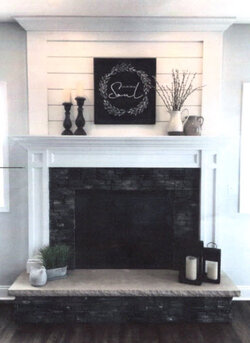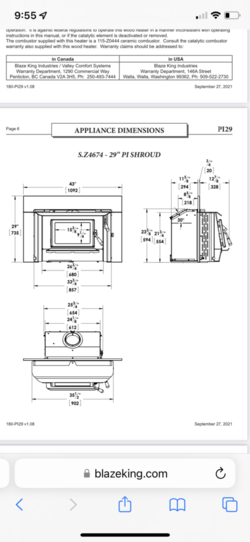I have a 1928 masonry wood-burning fireplace that sits at floor level. We would like to raise the level of the firebox floor (hearth) and the forehearth to about 8" in height for a much more modern look. We are going to be converting to vented gas with concrete logs, etc. We would like the fireplace to be able to still burn wood should a future homeowner decide they want to go that route. My question is ... how much lower can the firebox floor be than the forehearth? We like the look of the firebrick lining in the firebox so we are not interested much in an insert. It would seem that raising the firebox a couple of inches less than the concrete non-combustible forehearth would not make much of a difference. Any thoughts or experience with this type of situation would be most appreciated.
Hearth and Forehearth Height Difference
- Thread starter TXDS76901
- Start date
-
Active since 1995, Hearth.com is THE place on the internet for free information and advice about wood stoves, pellet stoves and other energy saving equipment.
We strive to provide opinions, articles, discussions and history related to Hearth Products and in a more general sense, energy issues.
We promote the EFFICIENT, RESPONSIBLE, CLEAN and SAFE use of all fuels, whether renewable or fossil.





